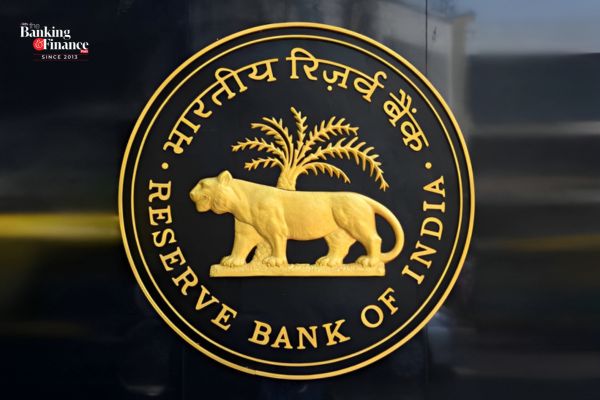The Reserve Bank of India (RBI) has reduced the repo rate by 25 basis points, bringing it down to 6% from 6.25%, as announced by Governor Sanjay Malhotra after the Monetary Policy Committee (MPC) concluded its three-day meeting on April 9, 2025. This marks the second consecutive rate cut under Malhotra’s leadership and signals a shift in the policy stance from neutral to accommodative, reflecting the central bank’s focus on stimulating economic growth amidst rising challenges.
The decision comes at a critical time for India’s economy, which faces mounting pressures due to global trade uncertainties. The recent imposition of a 26% tariff by the United States on Indian exports is expected to reduce GDP growth projections by 20 to 40 basis points. Consequently, institutions like Goldman Sachs have revised India’s GDP forecast for FY2025 from 6.3% to 6.1%, below the RBI’s earlier estimate of 6.7%. The central bank has also trimmed its FY2026 GDP growth projection to 6.5%, citing slower-than-expected economic momentum.
Governor Malhotra emphasized that the accommodative stance aims to support growth without compromising liquidity management. Over the past two months, the RBI has injected over $80 billion into the banking system to ensure adequate credit flow and mitigate economic slowdown risks. The February 2025 repo rate cut (the first in five years) laid the groundwork for this easing cycle, with measures like reducing the Cash Reserve Ratio (CRR) by 50 basis points to enhance liquidity.
The MPC’s decision is supported by softer inflation trends and easing oil prices, which provide room for further policy easing. Retail inflation stood at a moderate 3.61% in February, well within the RBI’s target range. Economists like Aastha Gudwani of Barclays Plc argue that consecutive rate cuts are justified given subdued inflation and slowing growth.
Also Read | RBI Raises ATM Withdrawal Fee to ₹23 per Transaction
The February MPC meeting had already signaled a shift in direction with a repo rate reduction from 6.5% to 6.25%, marking a departure from nearly five years of unchanged rates. The RBI retained its neutral stance at that time but has now opted for an accommodative approach, allowing flexibility in responding to evolving economic conditions. As global trade tensions intensify and domestic economic challenges persist, the RBI’s latest move underscores its commitment to balancing growth support with financial stability. The impact of these measures will be closely monitored in the coming months as India navigates a complex economic landscape.
Elets The Banking and Finance Post Magazine has carved out a niche for itself in the crowded market with exclusive & unique content. Get in-depth insights on trend-setting innovations & transformation in the BFSI sector. Best offers for Print + Digital issues! Subscribe here➔ www.eletsonline.com/subscription/




















